
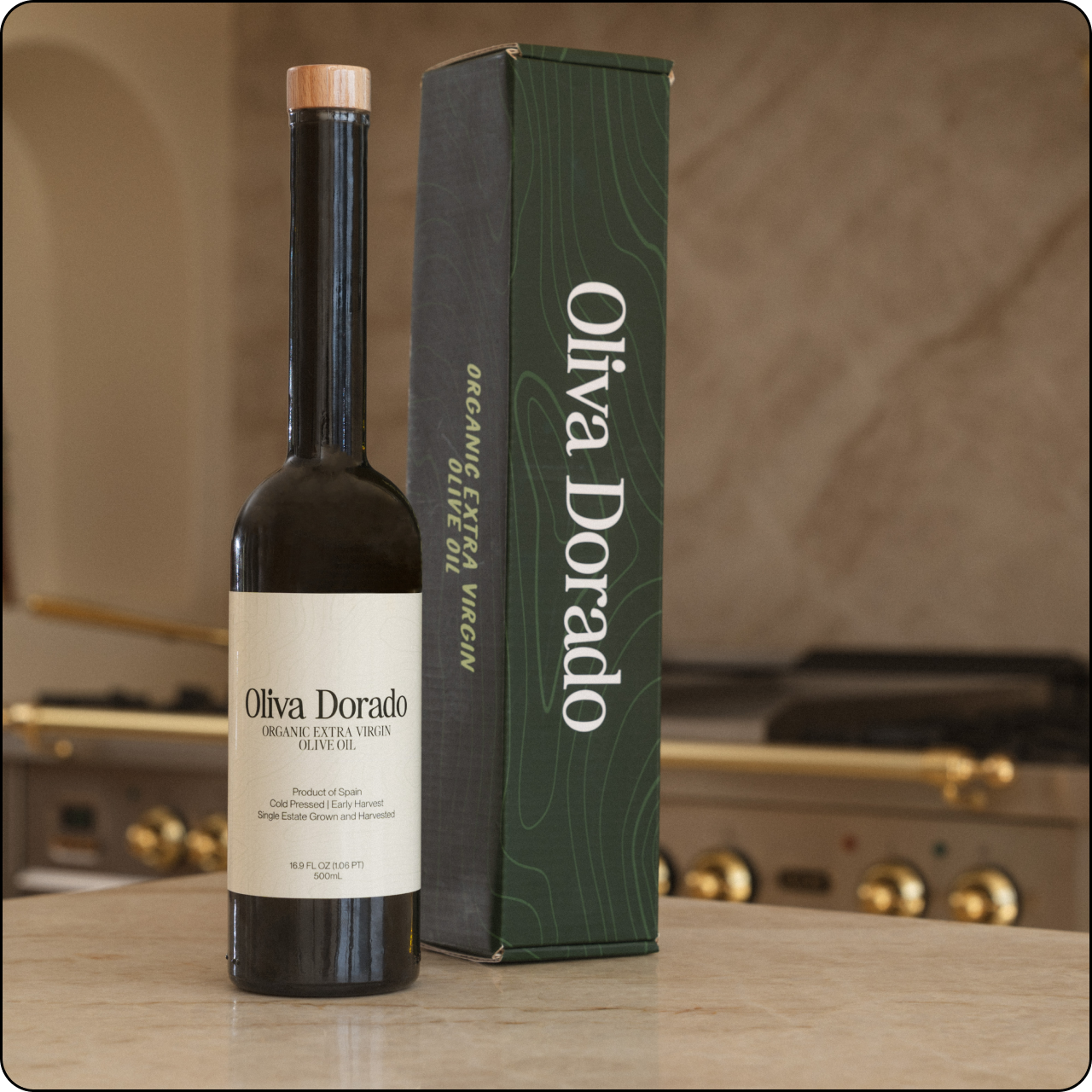
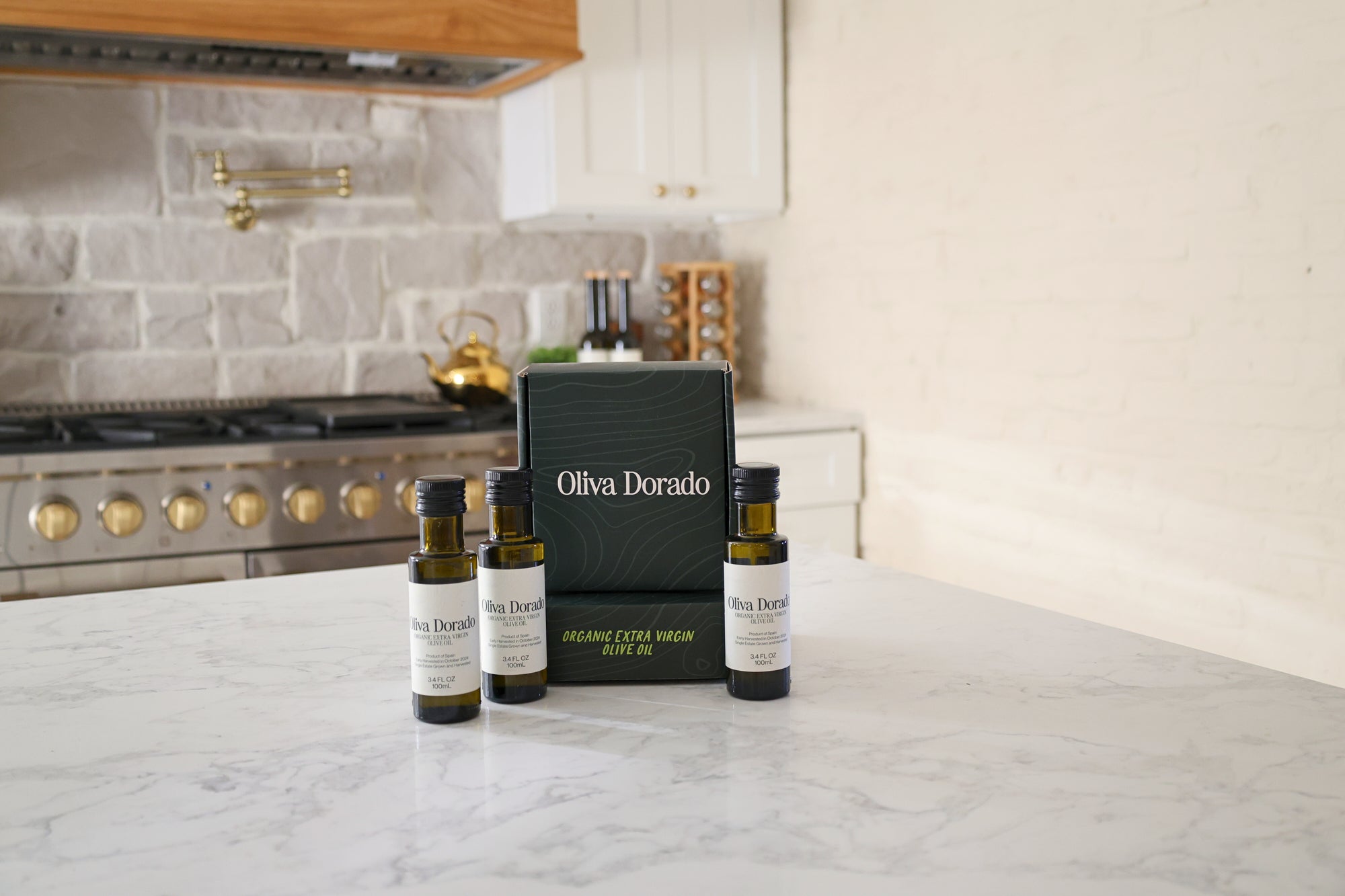

Add a personal touch! Gift orders include a handwritten note with your message on a beautifully customized postcard, making each bottle even more special.




Add a personal touch! Gift orders include a handwritten note with your message on a beautifully customized postcard, making each bottle even more special.
Whether it’s drizzled over salads or taken straight for its renowned health benefits, Extra Virgin Olive Oil ("EVOO") has become increasingly popular in recent years. From gut health to cancer prevention, EVOO has emerged the ultimate shield against the chronic diseases caused by the Standard American Diet. EVOO is also a key component of the Mediterranean diet, which is associated with numerous health benefits. EVOO is rich in antioxidant compounds and has notable anti-inflammatory properties, which contribute to its protective effects against chronic diseases. But, what exactly is EVOO? What makes olive oil “extra-virgin”? And how do you identify high-quality EVOO on the crowded grocery store shelves? In this article, we’re going to provide some answers and tell you everything you need to know about EVOO.
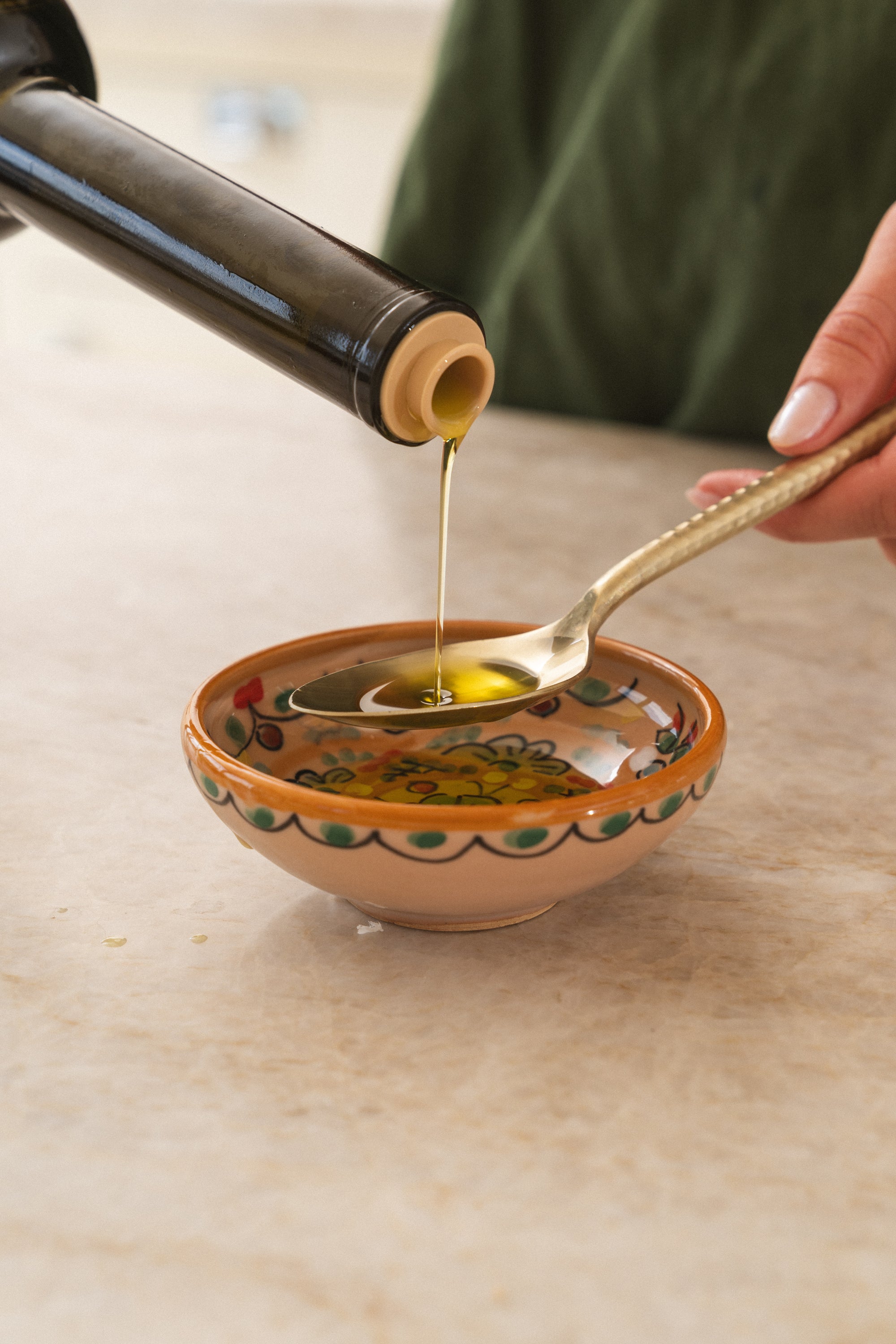
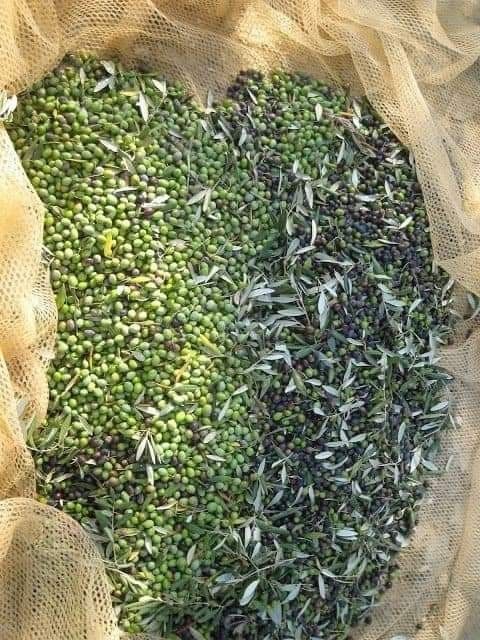
First things first, it’s important to remember that EVOO is not some modern wellness trend – quite the opposite. EVOO is the original superfood, with roots (quite literally) stretching all the way back to the ancient Roman Empire.
The olive oil tree as we know it today is more than 6,000 years old (scientifically known as Olea europaea). Interestingly, while the Mediterranean’s reputation as the world’s olive oil capital is well known, the tree actually originated in the Middle East. In fact, it wasn’t until the 7th century BC that seafaring Phoenicians looking to trade brought it to Southern Europe, with the Mediterranean basin becoming the heartland of olive oil cultivation. Today, countries like Spain, Italy, Greece, and Turkey are among the world's leading olive oil producers.
However, once in Europe, the olive tree crop spread rapidly across the Roman Empire and olive oil became a cornerstone of the Roman economy.
In fact, it became so valuable that it had its own commodity exchange, complete with specialized brokers who were known as “negotiatores oleari” – professionals who traded exclusively in EVOO.
Beyond its economic importance, olive oil played a significant role in religious ceremonies in ancient civilizations such as Egypt, Greece, and throughout the Mediterranean region, where it was used in various rituals and religious practices.
Olive oil being the important commodity it was, the Romans developed highly sophisticated techniques for olive tree cultivation, olive oil extraction, and olive oil storage that remained almost unchanged until 900 AD.
Everyone knows that olives grow on olive trees, and that if you squeeze an olive, you get olive oil. However, clearly a single olive doesn’t produce much oil – to make a single bottle of olive oil you need roughly 1000-2000 olives. Green olives (unripe) are often used for higher quality oils.
It was the ancient Romans who figured out how to squeeze enough olives at once to mass produce olive oil for trade. The first technique for mass olive oil production was the “trapetum”, which was essentially a large stone wheel with an adjustable base that was able to press large quantities of olives.
The extraction process involved crushing olives into olive paste before pressing to extract the oil. Extracting the oil means separating it from the fruit pulp using mechanical methods. The olive oil obtained from this process is considered the highest quality when minimal processing is used. The oil obtained from this process is a liquid fat, which is the extract of olives.
Inevitably, the quality of olive oil varied, so the Romans decided to create a system for classifying oils according to their characteristics.
Enter EVOO, or Oleum ex albis, as the ancient Romans called it – the highest quality olive oil money can buy.
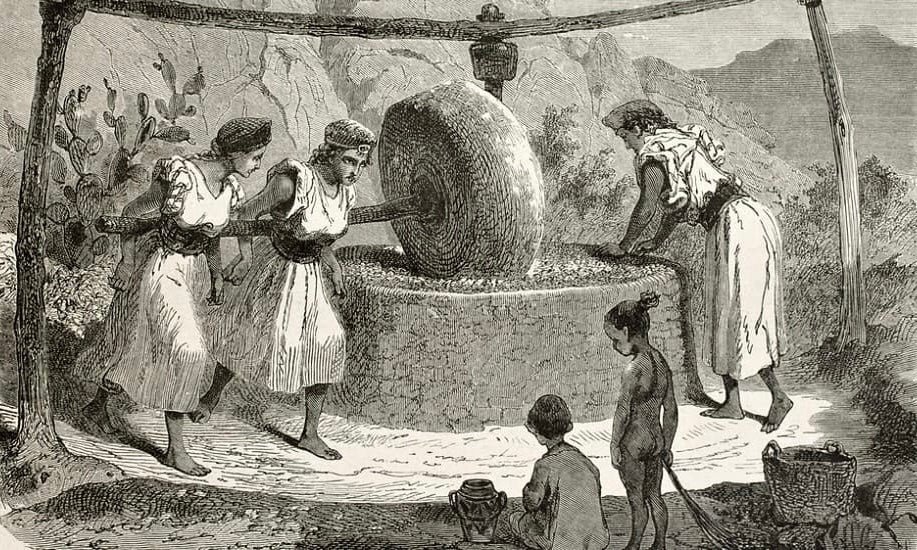

Olive oil is not just a single product. It’s a family of oils, each with its own unique characteristics, flavor, and best uses in the kitchen. The most celebrated member is, of course, extra virgin olive oil (EVOO), prized for its robust flavor and health benefits. EVOO is extracted from the first pressing of fresh olives, using only mechanical methods and no additional heat or chemicals, resulting in an unrefined oil that captures the pure essence of the olive fruit.
Virgin olive oil is also obtained from the first pressing, but it has a slightly higher acidity level and a milder flavor compared to extra virgin. While still a good olive oil for many uses, virgin olive oils may lack some of the intensity and complexity found in EVOO.
Pure olive oil, sometimes labeled simply as “olive oil,” is actually a blend of refined olive oil and a small amount of virgin olive oil. The refining process uses heat and sometimes chemicals to remove impurities, resulting in a lighter flavor and color. This makes pure olive oil a versatile choice for cooking, but it doesn’t offer the same health benefits or rich taste as extra virgin.
Refined olive oil is produced by further processing lower-quality oils to remove defects and neutralize flavor. While refined olive oils are suitable for high-heat cooking due to their neutral taste and higher smoke point, they lack the antioxidants and distinctive aroma of extra virgin and virgin olive oils.
Understanding these differences can help you choose the right olive oil for your needs—whether you’re looking for the bold, peppery notes of extra virgin for drizzling, or a lighter, more neutral oil for sautéing and frying.
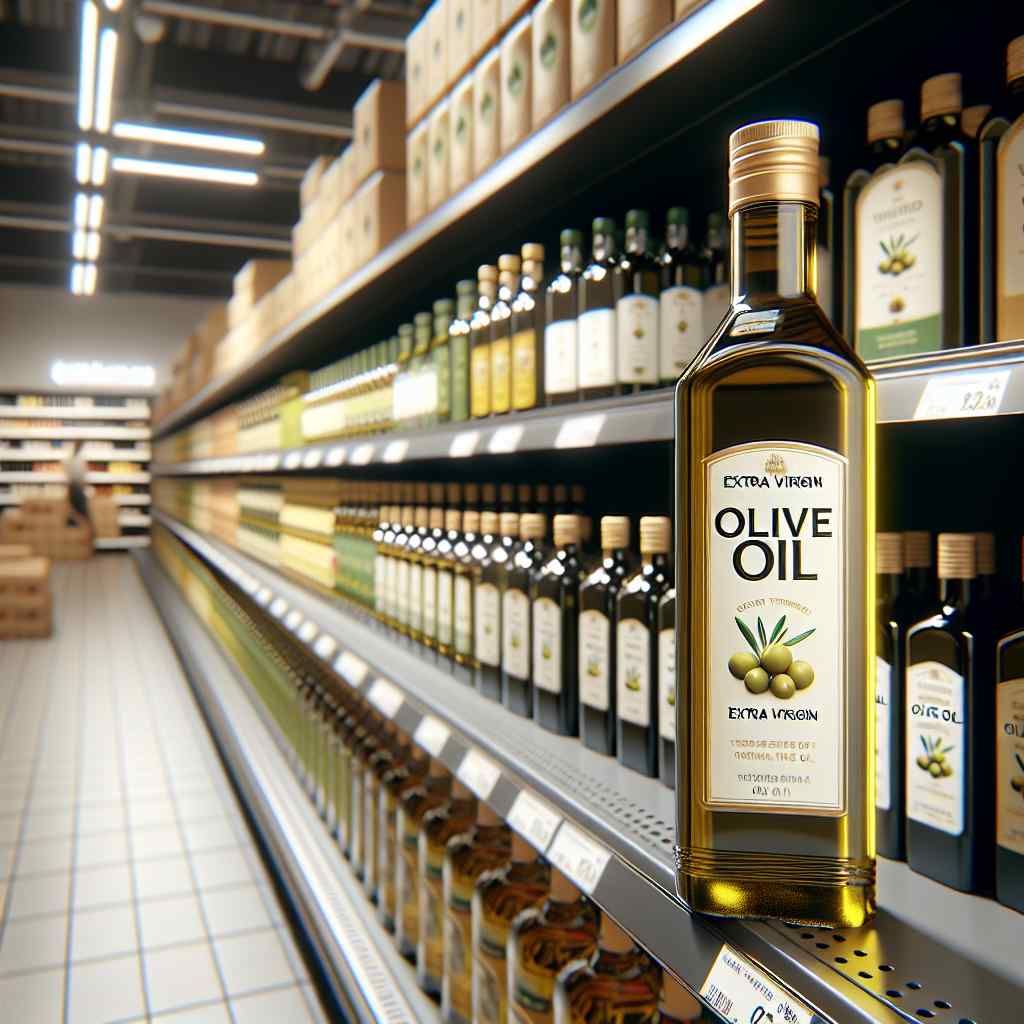
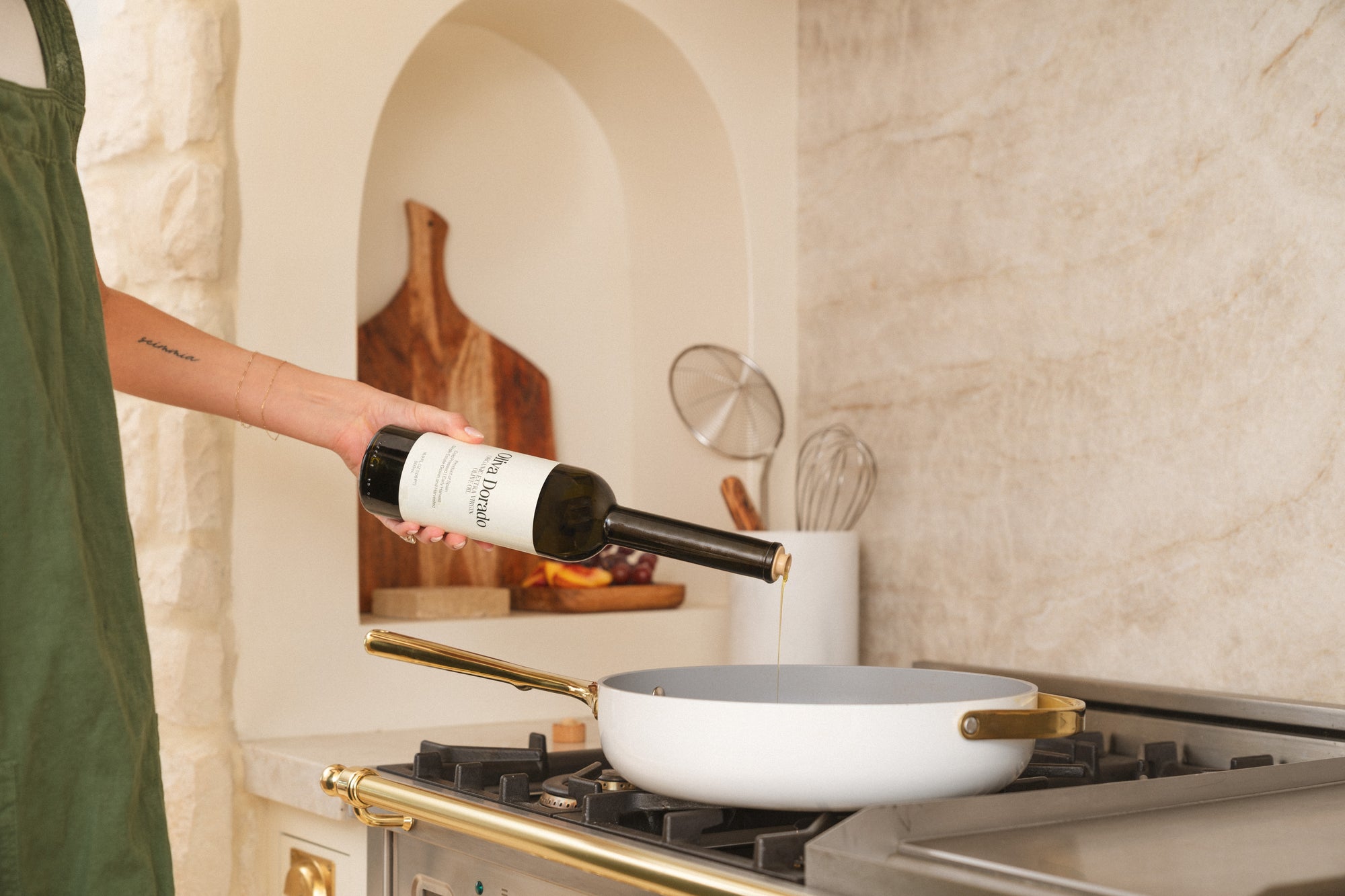
Classifying olive oils according to their quality is nothing new. Even the ancient Romans differentiated between poor quality olive oil (Oleum cibraium) made from rancid olives and superior quality olive oil made from the finest, early harvest olives (Oleum ex alibis).
Today, there are generally five types of olive oil:
While most of us already know that EVOO is the superior choice, not many of us can actually explain what “extra-virgin” olive oil is, let alone why it’s considered the highest quality. Lower quality oils tend to have higher levels of free fatty acids, which can negatively impact both flavor and overall quality.
According to the International Olive Oil Council, EVOO refers to “virgin olive oil which has a free acidity, expressed as oleic acid, of not more than 0.8 grams per 100 grams and the other characteristics of which correspond to those fixed for this category in the 10C standard.” Olive oil acidity is a key factor in classifying extra virgin olive oil, as lower acidity indicates higher quality and better flavor stability.
However, for those of us who aren’t EVOO experts and don’t speak olive oil-ese, this definition doesn’t really help us understand what extra-virgin olive oil is.
So, to translate what the Olive Oil Council said, EVOO is just olive oil that is completely natural and unrefined.
Basically, authentic extra-virgin olive oil is produced through cold pressing olives, typically unripe olives harvested early in the season.
EVOOs reputation for being the highest-quality olive oil is therefore largely because the production process is so specific, and uses no additional processing, high temperatures, or harsh chemicals, meaning the natural flavors and health benefits of the olives are preserved.
In fact, the production process is so specific, in fact, that to be certified as “extra-virgin” an olive oil must:
And these stringent regulations are not without cause. EVOO is not only better quality than other grades of olive oil, but it is also better for your health.
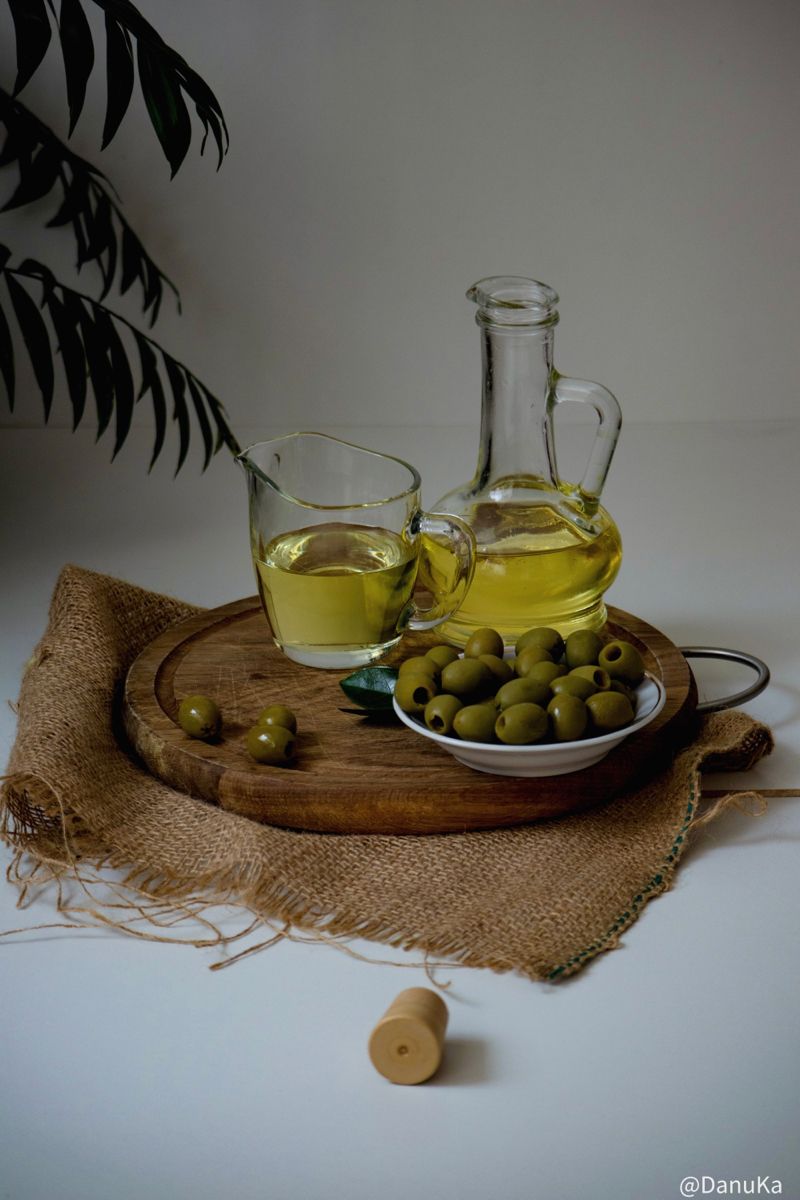
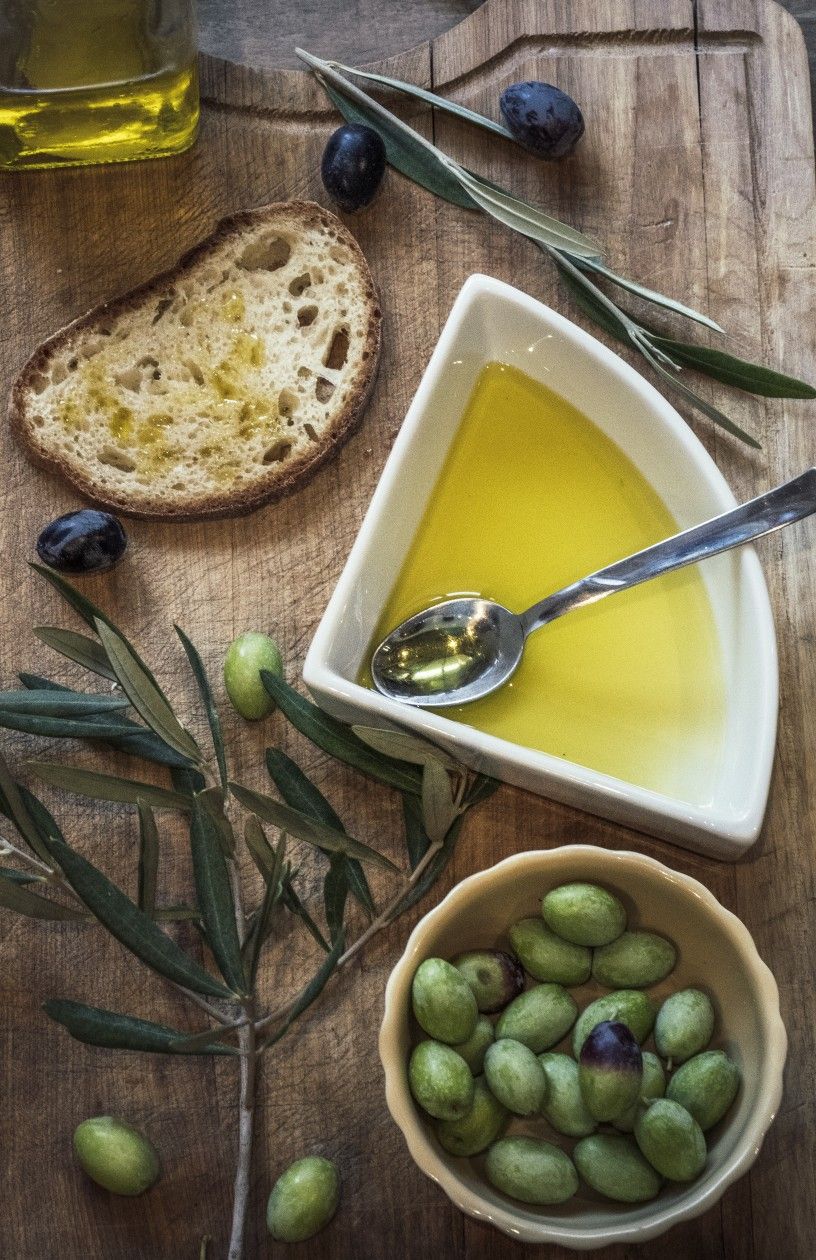
What sets extra virgin olive oil apart from other oils isn’t just its taste—it’s the unique chemical composition that delivers both flavor and health benefits. EVOO is rich in monounsaturated fatty acids, with oleic acid making up about 70% of its total fatty acid content. This high concentration of oleic acid is a key reason why EVOO is considered heart-healthy and stable for cooking.
In addition to monounsaturated fats, EVOO contains smaller amounts of polyunsaturated and saturated fatty acids, creating a balanced profile that supports overall wellness. But the magic doesn’t stop there—EVOO is also packed with antioxidants, including vitamin E and a variety of plant polyphenols. These compounds not only contribute to the oil’s fresh, fruity aroma and complex flavor, but also help protect the oil from oxidation, extending its shelf life.
The exact chemical makeup of EVOO can vary depending on the olive variety, the climate where the olives are grown, and the soil conditions. This is why extra virgin olive oils from different regions or harvests can have distinct flavors and aromas, making EVOO a truly artisanal product that reflects its origins.
Polyphenols are the powerhouse antioxidants that give extra virgin olive oil its reputation as a superfood. These naturally occurring compounds, such as hydroxytyrosol, tyrosol, and oleuropein, are responsible for many of the health benefits associated with EVOO. Not only do they provide potent antioxidant and anti-inflammatory properties, but they also help protect the body’s cells from damage and may play a role in reducing the risk of chronic diseases like heart disease and certain cancers.
The phenolic composition of EVOO is influenced by several factors, including the type of olive used, the ripeness of the fruit at harvest, and the specific processing methods employed. Oils made from early-harvest, less ripe olives tend to have higher polyphenol content, resulting in a more robust flavor and greater health benefits.
Research has shown that regularly consuming EVOO rich in polyphenols can support cardiovascular health, help manage inflammation, and contribute to overall well-being. These antioxidants also enhance the oil’s stability, helping to preserve its flavor and aroma over time. For those seeking both taste and health benefits, choosing an extra virgin olive oil with a high polyphenol content is a smart move.
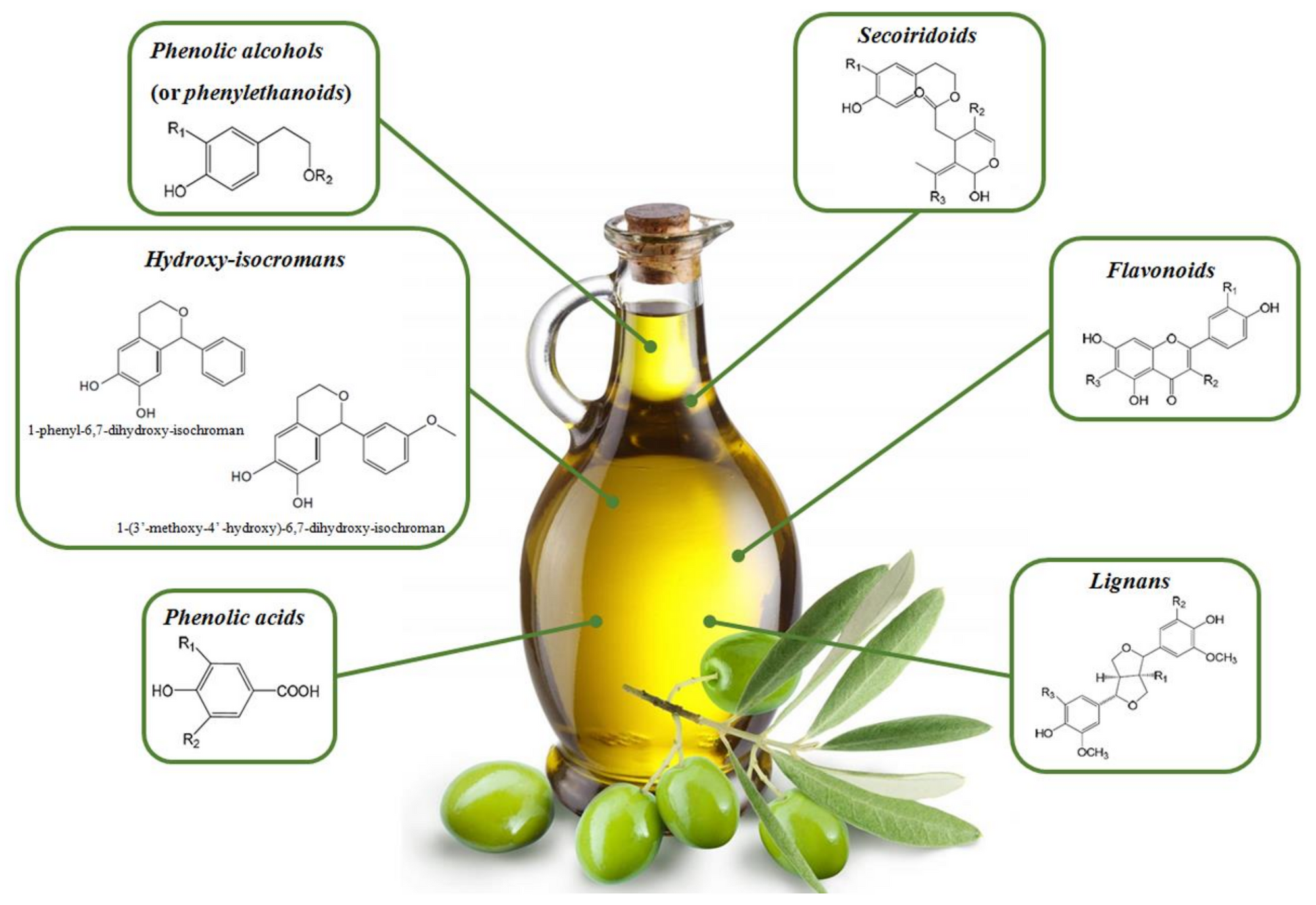
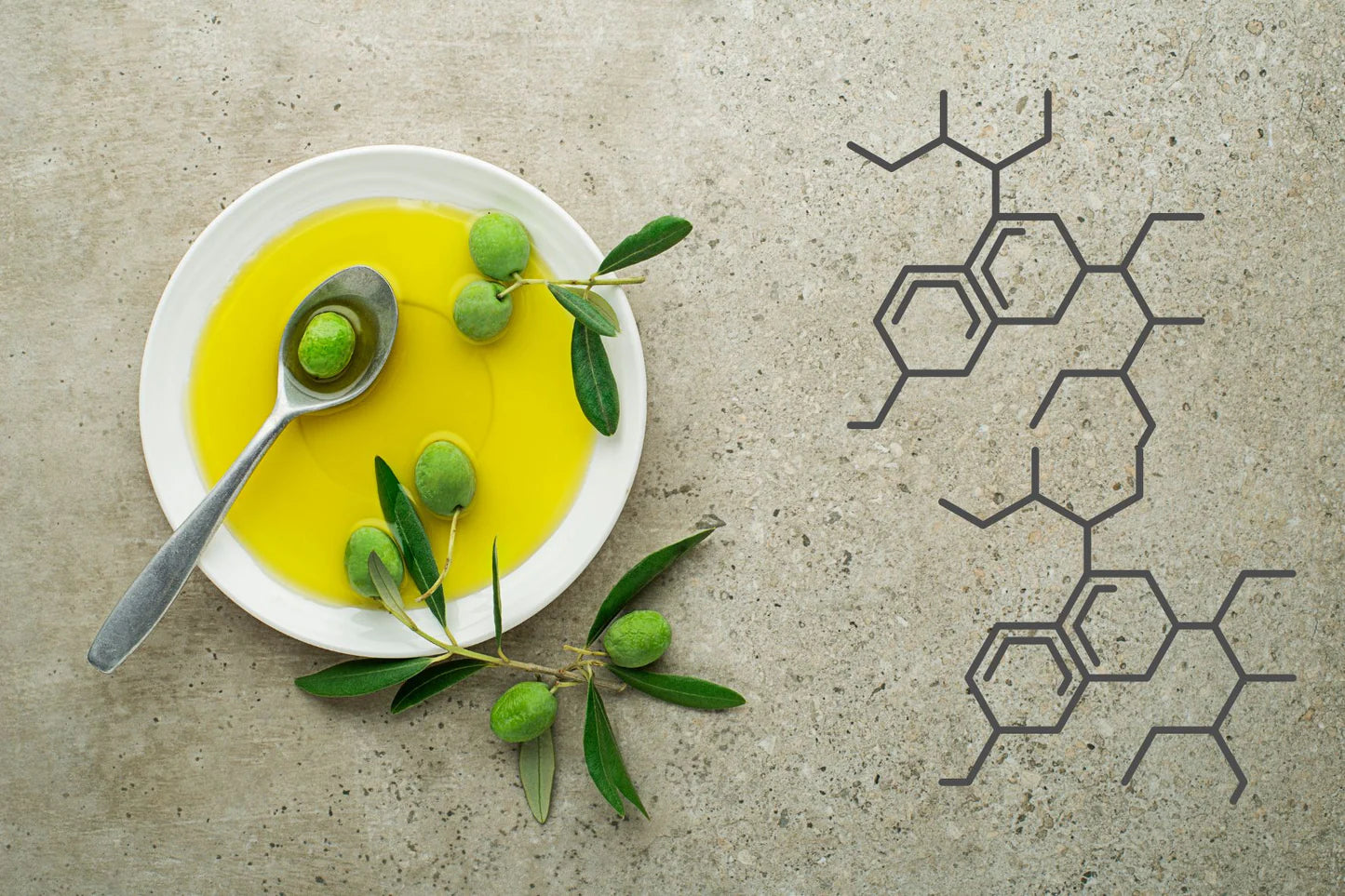
Because EVOO is made with early harvest olives using mechanical processes of extraction, the nutrients contained in the original olive fruit are retained in the oil that is produced. EVOO is also particularly high in monounsaturated fat, which is considered beneficial for heart health when compared to saturated fat.
As a result, EVOO is particularly rich in antioxidants and polyphenols which are associated with olive oil generally. In other words, EVOO > refined olive oil, especially when it comes to health benefits.
So, what are some of the health benefits of EVOO exactly?
The potential health benefits of extra virgin olive oil (EVOO) have been widely studied, with scientific research highlighting its positive effects on inflammation, oxidative stress, gut health, and cardiovascular function.
1. EVOO can decrease inflammation.
EVOO contains oleocanthal – a compound that acts similarly to ibuprofen. Regular EVOO consumption has therefore been linked to lower levels of inflammation in the body, reducing the risk of chronic diseases like arthritis, cardiovascular disease, and even neurodegenerative conditions.
2. EVOO protects against oxidative stress.
One of the standout features of EVOO is its abundance of plant polyphenols. These natural antioxidants, such as hydroxytyrosol, oleuropein, and tyrosol, are responsible, in part, for protecting cells against damage caused by oxidative stress, as well as decreasing the risk of certain cancers. Polyphenols are also found in other foods such as fruits, vegetables, nuts, seeds, herbs, and even dark chocolate, all of which contribute to a balanced diet and offer antioxidant and anti-inflammatory properties.
3. EVOO can improve gut health.
Those same polyphenols that protect against oxidative stress can also act as a prebiotic, enhancing the diversity of the gut microbiome.
4. EVOO boosts cardiovascular health.
Several studies have shown regular EVOO consumption decreases the risk of heart disease, stroke, and other cardiovascular conditions. A recent meta-analysis of multiple scientific studies supports the link between EVOO intake and reduced risk of heart disease, improved cholesterol levels, and lower mortality risk. The monounsaturated fats in EVOO are considered healthier than saturated fats, which are associated with increased risk of heart disease; replacing saturated fats with monounsaturated fats from EVOO can help improve cardiovascular health.
However, although in principle EVOO is far better than refined olive oil, in practice we need to be vigilant about what we buy because not all EVOO is created equal.
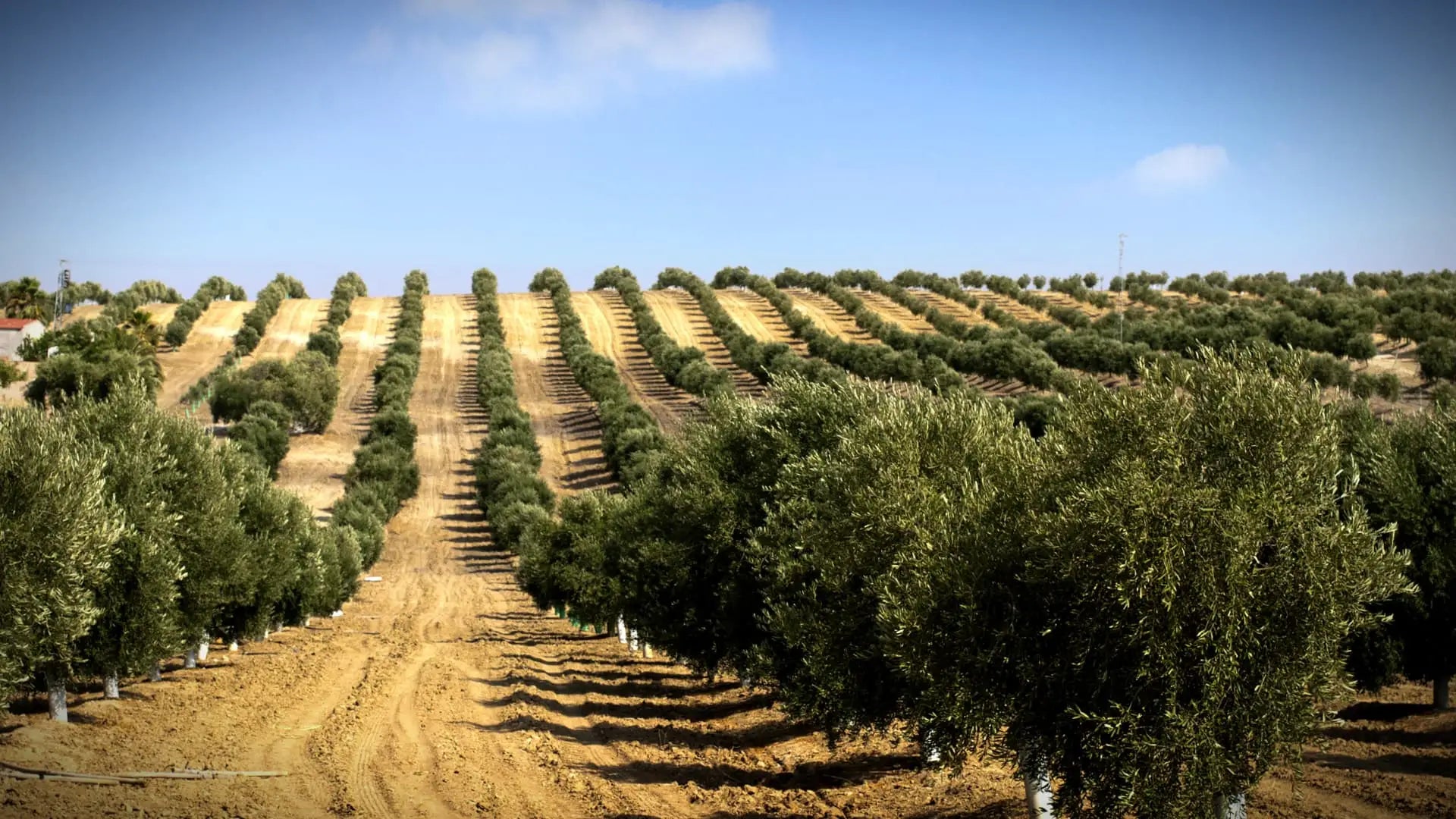

While you can go to the store and buy any oil, there are a few factors that drastically change the overall quality, taste, and experience you will have:
Harvested when the olives are still green and full of antioxidants, early harvest oils have a brighter, more robust flavor and offer greater health benefits.
Organic oils are made without pesticides or synthetic additives. This results in a cleaner product that’s better for your body and the environment.
Single estate means every olive is grown, picked, and pressed on the same farm. This level of control creates unmatched consistency and quality.
Extra virgin olive oil is the purest and most flavorful grade. Other grades are often refined or blended, which removes nutrients and dulls the taste.
Glass protects the oil from light and air, keeping it fresh and free from harmful chemicals that can leach from plastic.
Ensuring the quality of olive oil is no small feat, which is why international standards play such a crucial role in the industry. The International Olive Council (IOC) is the leading authority responsible for setting and maintaining these standards, which help protect consumers and promote transparency in the olive oil market.
For an olive oil to be classified as extra virgin, it must meet strict criteria for free acidity (no more than 0.8%), as well as specific requirements for flavor, aroma, and absence of defects. These standards are designed to guarantee that extra virgin olive oil delivers the fresh, fruity notes and complex aroma that set it apart from regular olive oil and other blended oils.
The IOC also regulates labeling and packaging, ensuring that consumers can make informed choices when selecting olive oils. Regular olive oil, which may be blended with refined oils and have a higher acidity level, does not offer the same sensory experience or health benefits as true EVOO. By adhering to international standards, producers help maintain the integrity of the olive oil industry and ensure that what’s in the bottle lives up to its label.
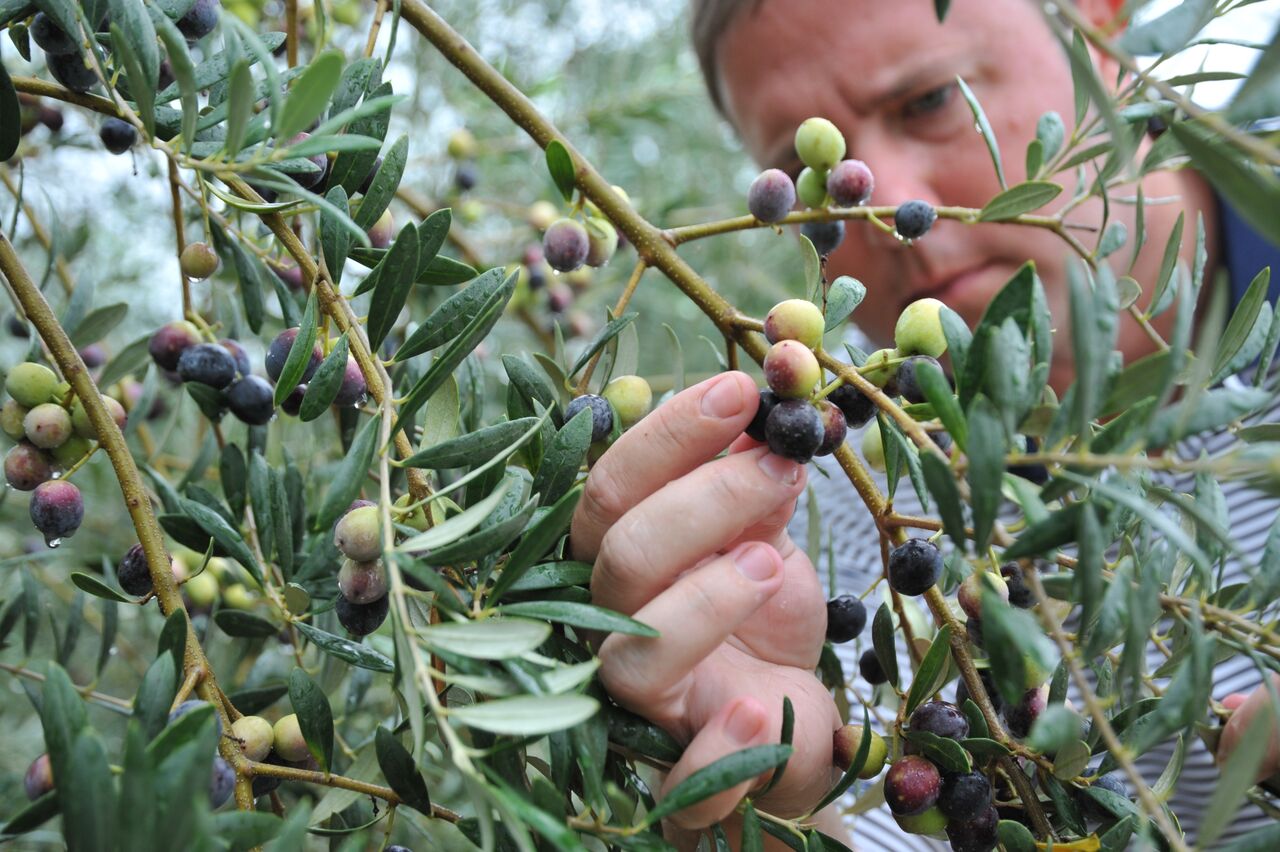

Luckily, spotting high-quality EVOO is easy when you know how. There are a few things to look out for, including:
Authentic EVOO will have a clearly marked harvest date on the bottle. Ideally the EVOO should be less than 12 months old. Ignore ambiguous “bottled on” dates which could just refer to when a rancid oil was put into the bottle.
High-quality EVOO will clearly state the country of origin, the specific region, and the olive varieties used. Ideally, the olives used to make the oil will be from one specific farm or region.
Avoid labels that say things like “refined” or “pomace”, and that fail to state “cold-pressed” and “organic”. High-quality EVOO should not have been exposed to high temperatures or nasty chemicals or fertilizers during production.
Avoid buying EVOO in a plastic bottle. Light will degrade the oil’s quality causing it to go rancid faster and plastic will even leach harmful chemicals and microplastics into the oil over time. High-quality EVOO should come in a dark glass bottle to protect the oil from light exposure and turning rancid.
When it comes to EVOO, higher quality usually means a higher price tag. The prices reflect the careful harvesting, pressing, and storage processes that went into producing the oil. A lower price is usually a sign of a lower quality EVOO.
High-quality EVOO has a distinct taste and smell – a fresh, fruity aroma and a slightly bitter taste with peppery notes.
Extra virgin olive oil is a kitchen staple that shines in a variety of culinary applications. Its vibrant flavor and enticing aroma make it the perfect finishing oil for salads, roasted vegetables, and grilled meats. Drizzling EVOO over dishes just before serving enhances both taste and presentation, adding a touch of Mediterranean flair.
But EVOO isn’t just for drizzling—it’s also a fantastic choice for cooking. Thanks to its relatively high smoke point and stable monounsaturated fats, EVOO can be used for sautéing, roasting, and even baking. Its health benefits, including antioxidants and anti-inflammatory properties, make it a smart substitute for less healthy oils in your favorite recipes.
When choosing an EVOO for cooking, look for oils with a robust flavor and low acidity to maximize both taste and nutritional value. Whether you’re making a simple vinaigrette or a complex Mediterranean dish, extra virgin olive oil brings depth, richness, and a host of health benefits to your table.
Understanding the smoke point of your cooking oil is essential for both flavor and safety in the kitchen. The smoke point is the temperature at which oil begins to break down and produce smoke, which can affect both the taste and nutritional quality of your food. Extra virgin olive oil has a smoke point ranging from 380°F to 420°F, making it suitable for most cooking methods, including sautéing, roasting, and even light frying.
While EVOO can handle moderate to high heat, it’s best to use it at medium or low temperatures to preserve its delicate flavor and beneficial antioxidants. Heating EVOO beyond its smoke point can diminish its aroma and health benefits, so for deep frying or very high-heat cooking, regular olive oil or refined olive oil—both of which have higher smoke points—may be a better choice.
By understanding the smoke point and proper uses of each type of olive oil, you can make the most of their unique flavors and health benefits in your everyday cooking.


In a world of health fads and so-called superfoods (looking at you quinoa and green juice), it’s worth remembering the originals – timeless, proven superfoods that have nourished civilizations for millenia.
EVOO has been revered for centuries – its potent health benefits are backed not only by modern science, but also by thousands of years of tradition.
But not all EVOO is equal. In today’s world, where fake, seed oil-laced EVOO lines the shelves, it's important that everyone understands what “extra-virgin” means, and what to look for on the label to identify genuine, high-quality EVOO.
Or, if you’re still in doubt, you could just buy Oliva Dorado…